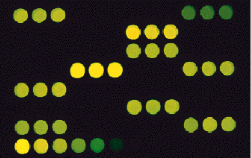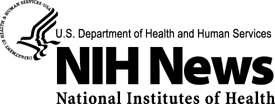 |
|
|
FOR IMMEDIATE RELEASE:
October 18, 2000 #00-14 18 Oct 2000: Firefly Gene Lights Up to Detect Toxic Dioxin The glow gives it away. A new assay uses the firefly luciferase reporter gene, which luminesces in the presence of the Ah receptor, to test for the presence of dioxins in environmental samples. Photo credit: Michael Dension A gene from a firefly has been added to mammalian cells so that they glow when exposed to the toxin dioxin, and the cells glow brighter as the level of dioxin increases, making them a quick and simple test for the chemical in foods, animal feeds, and tissue. Development of the new technology was supported under a Small Business Innovation Research Grant from the National Institute of Environmental Health Sciences (http://www.niehs.nih.gov) in Research Triangle Park, N.C. (http://www.rtp.org/) The grantee has licensed the use of its unique technique to the Belgium government's Scientific Institute of Public Health (http://www.iph.fgov.be/) Dioxin was in Agent Orange and was a contaminant at Love Canal. It is a product of some chemical manufacturing and of combustion. It is highly toxic and has been associated with cancers as well as immunotoxic and reproductive effects. The Belgium government is especially interested in dioxin because of an incident of dioxin-contaminated food. The grantee is Xenobiotic Detection Systems, Inc. (http://www.dioxins.com/) |
|


